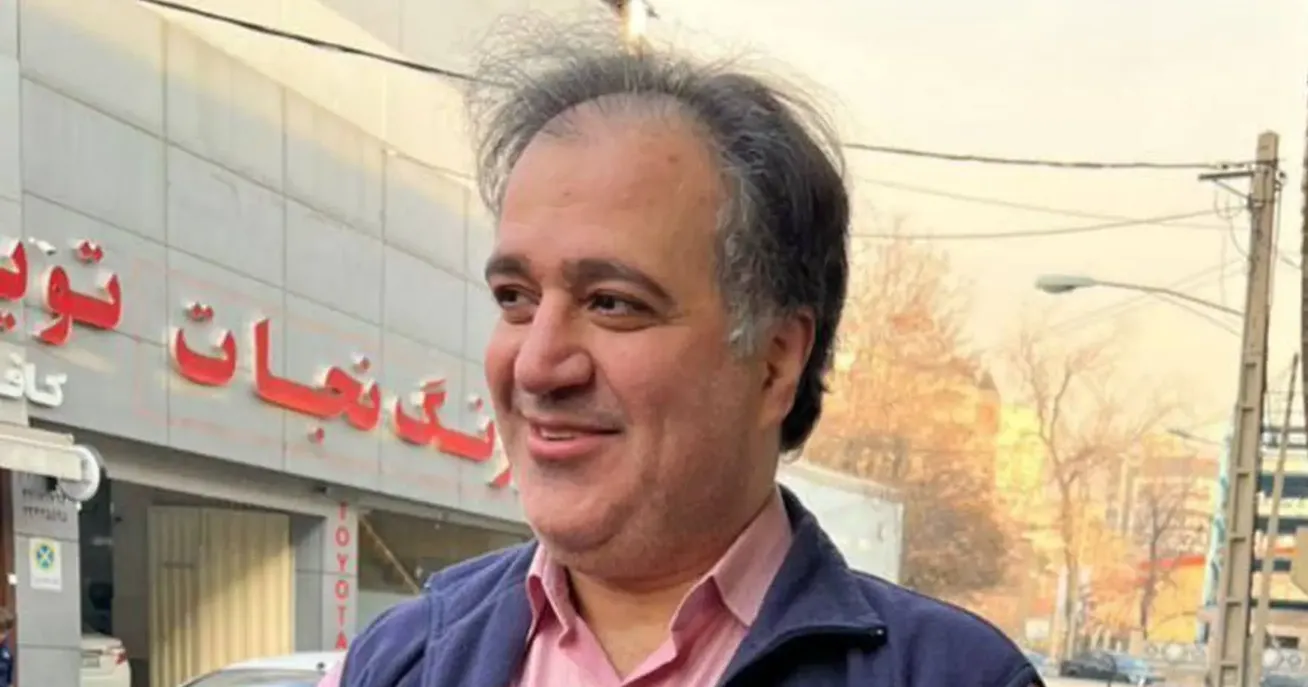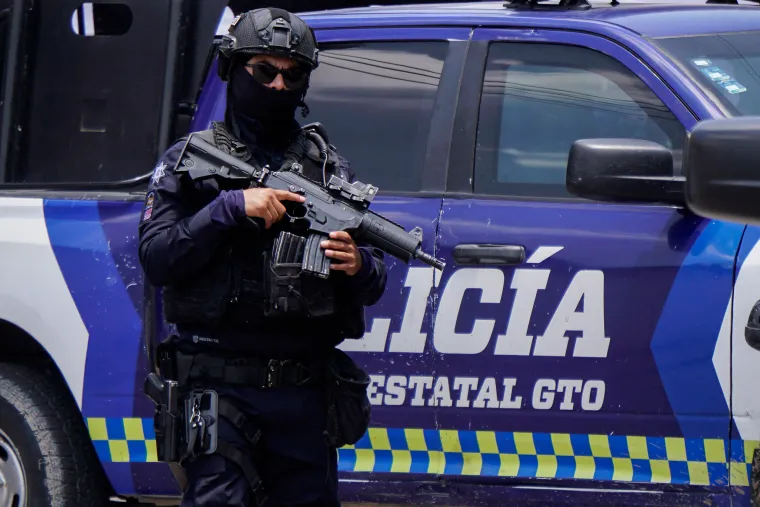Ibrahim Ajaj, a veteran photographer for Syria’s state news agency SANA, was abducted from his home in Hama by two unidentified armed men. His body was found shortly after, riddled with bullets, sparking widespread condemnation from international press freedom organizations.
Ajaj had survived years of working in Syria’s perilous media landscape, continuing his role through the collapse of the Assad regime in late 2024. Yet despite having threats reported by relatives, he remained vulnerable—highlighting increasing physical danger for journalists in Syria—even those affiliated with state media .
The International Federation of Journalists (IFJ), alongside its Syrian affiliates—the Syrian Journalists’ Union (SJU) and Syrian Journalists’ Association (SJA)—strongly condemned the killing. IFJ General Secretary Anthony Bellanger stressed the violence was “outrageous,” urging the transitional government to conduct a swift, thorough investigation and hold the perpetrators accountable.
SANA, the official state news organization, confirmed Ajaj’s death and emphasized collaboration with Syria’s Information and Interior Ministries to ensure justice is served. The Syrian Future Movement—a political group pushing for stability post-conflict—echoed the call, urging protection for journalists and stressing press rights as foundational to democratic progress.
This marks the first assassination of a journalist working for state media since the Assad regime’s violent suppression of uprisings began, signaling a deterioration even in areas traditionally under government control. Hama has experienced significant unrest and targeted violence recently, including the disappearance and killing of multiple media workers.
Ajaj’s death underscores the extreme danger faced by media workers in Syria—whether independent or state-affiliated—as they try to document the ongoing crisis. According to the United Nations, hundreds of journalists have been killed covering Syria’s civil war over the past decade.
The killing underlines a broader trend: rampant impunity and lack of protection for journalists in conflict zones. Ajaj’s death poses critical questions about the state’s ability—or willingness—to protect its media personnel. As Syrian journalists continue to face abduction, violence, and murder, the urgent need for systemic safeguards has never been clearer.





